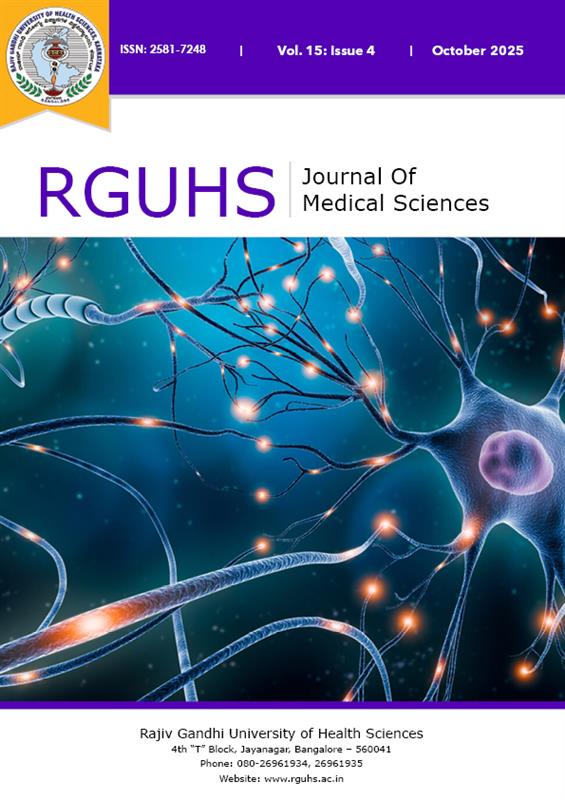
RGUHS Nat. J. Pub. Heal. Sci Vol: 15 Issue: 4 eISSN: pISSN
Dear Authors,
We invite you to watch this comprehensive video guide on the process of submitting your article online. This video will provide you with step-by-step instructions to ensure a smooth and successful submission.
Thank you for your attention and cooperation.
*N. S. Neki, **Divyang M . Shah
*Professor * * Post Graduate student; Department, of Medicine, Govt. Medical College and Guru Nanak Dev Hospital, Amritsar, Punjab
Corresponding author:
Dr NS Neki Professor of Medicine Guru Nanak Dev Hospital Amritsar143001 Email-dmeki123@gmail.com

Abstract
Drugs are capable of producing a wide spectrum of hair ioss, ranging from barely detectable shedding to irreversible baldness. Drug-induced alopecia is usually described as a diffuse non-scarring alopecia which is reversible upon withdrawal of the drug. Usually antimitotic agents cause hair loss. Hair loss is reported secondary to some anticonvulsant agents. Other drugs like anti-hypertensives, salicylates or non-steroidal analgesics, anticoagulants and antithyroid drugs, oral contraceptives, cimetidine, retinoids, amphetamines, bromocriptine and levodopa and some hypocholesterolaemic and a few psychotropics may cause alopecia. Some anticonvulsants such as phenytoin rarely can cause alopecia. Diagnosis of drug-induced alopecia remains difficult. The only way to confirm It Is to see If an improvement occurs after discontinuation of administration of the suspected drug.
Keywords
Downloads
-
1FullTextPDF
Article
None
Supporting File
References
None